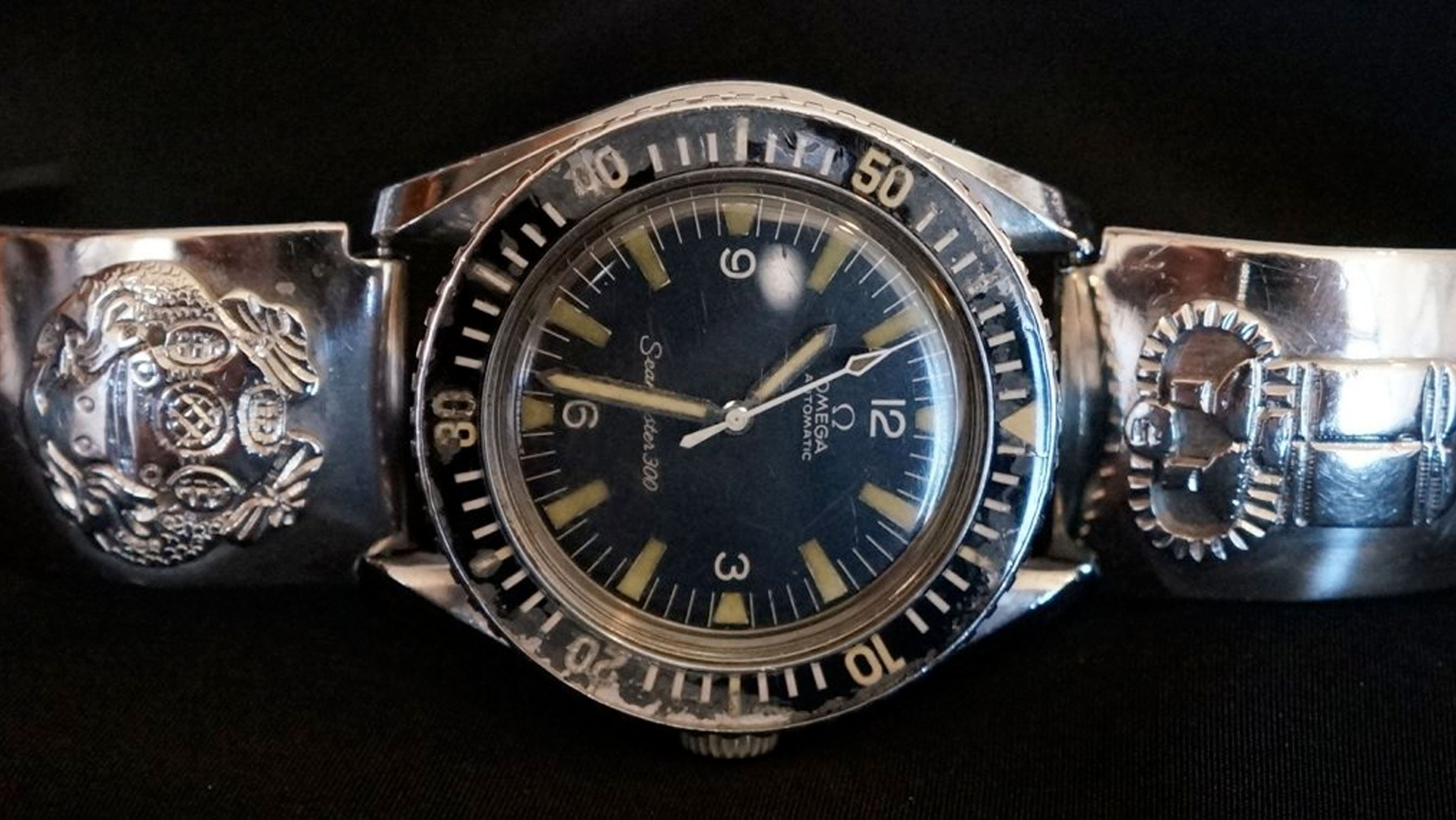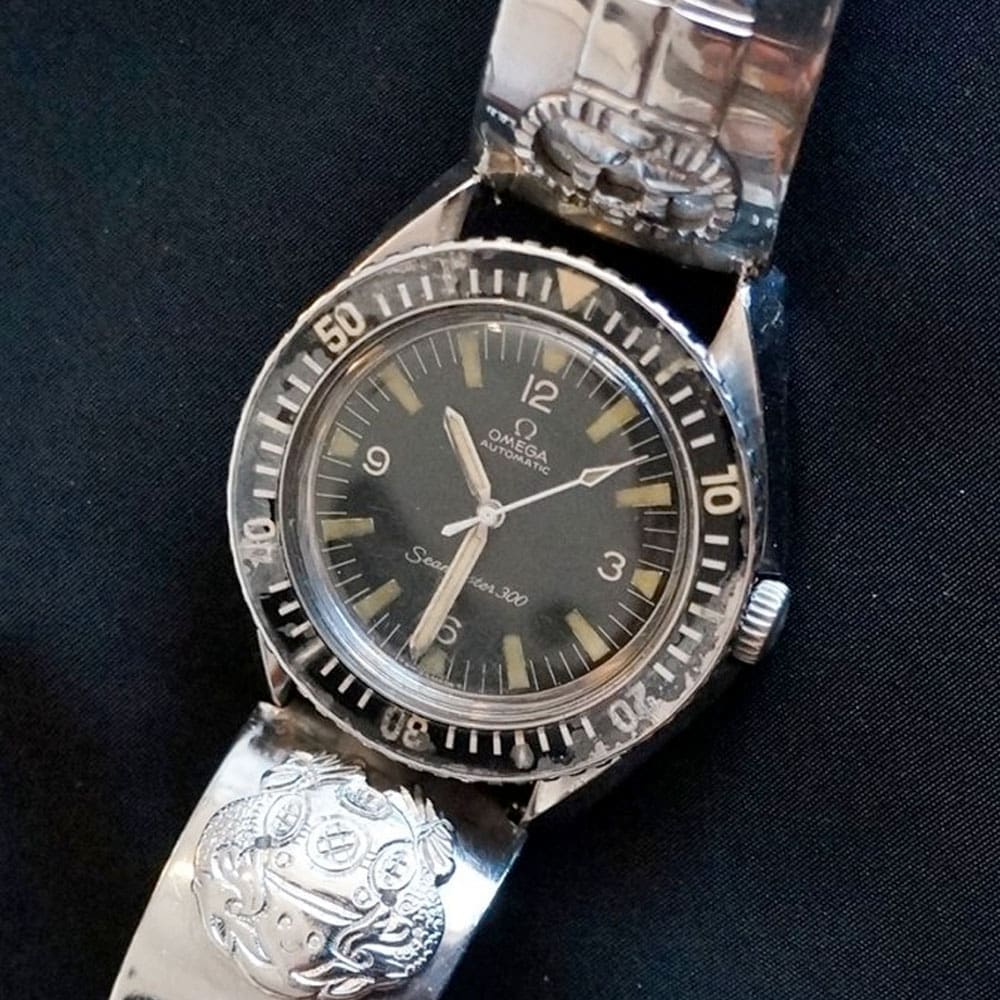The fascinating Cold War history of the Olongapo bracelet
Fergus NashWatchmaking and the military are intrinsically linked, and it could be said that without the First World War, we’d still be wearing pocketwatches today. However, when considering how watches moved onto the wrist, it’s easy to overlook something as essential as the straps themselves. NATO straps are a classic example of how the military has played a role in watch fashion – but there is a much lesser-known story worth telling.
During the Vietnam War in the city of Olongapo in the Philippines, a unique style of bracelet was born – the Olongapo bracelet. While not as famous as NATO or Bund straps, Olongapo bracelets are a fascinating piece of military watch history.
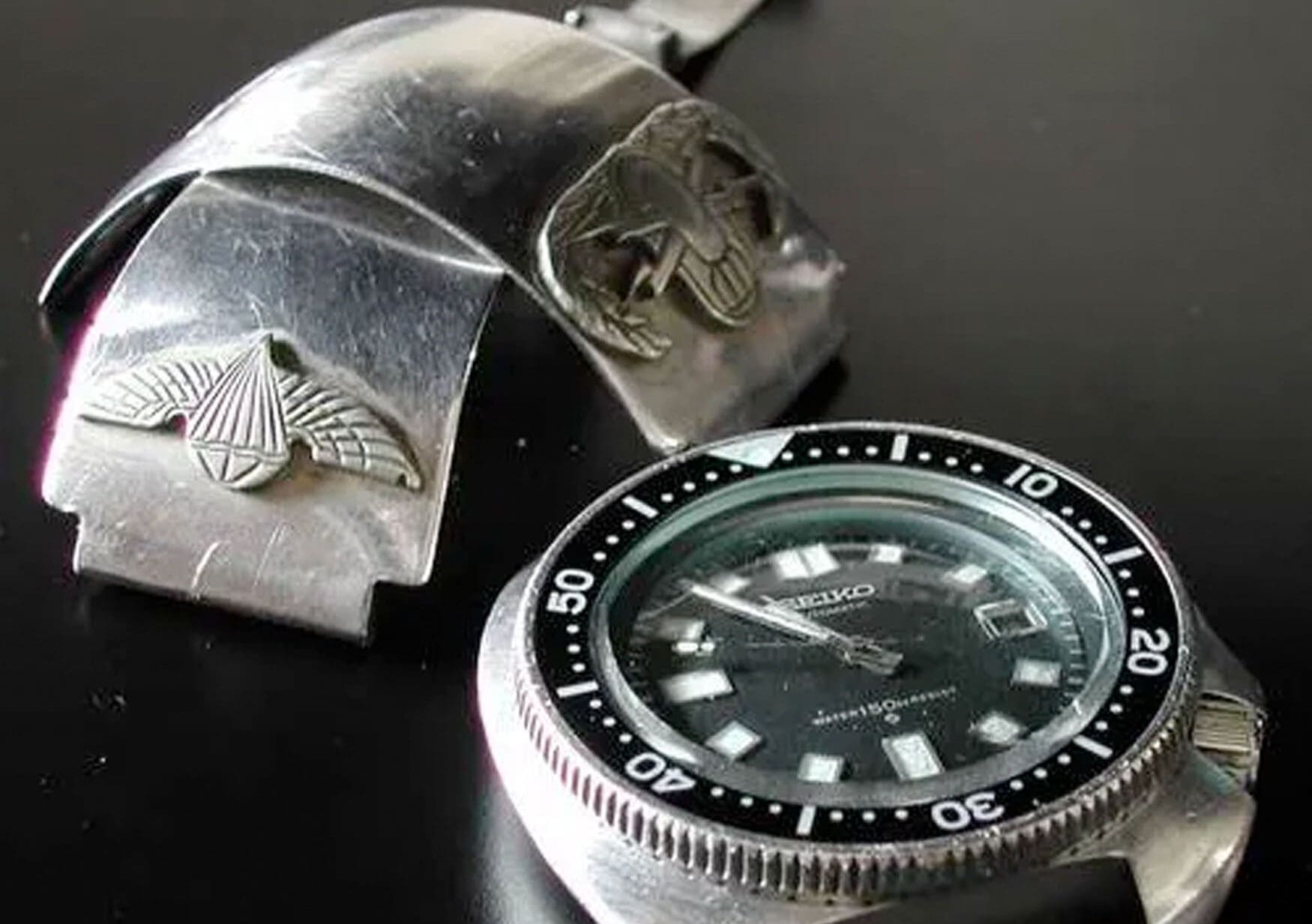
While the United States was involved in the Vietnam War, peaking during the 1960s, some of the US’ largest overseas military bases were located in the Philippines. Subic Bay in particular was a central hub of navy activity, dealing with ship repair, transporting supplies, underwater demolition duties, and more. Marines and other US Navy personnel, whenever they weren’t active in Vietnam, took their leave in the areas surrounding Subic Bay. In the ‘60s and early ‘70s, the place to be was Olongapo. With thousands of Americans flooding the city on a nightly basis, Olongapo was awash with bars, nightclubs, live music, and of course some more specifically adult entertainment.
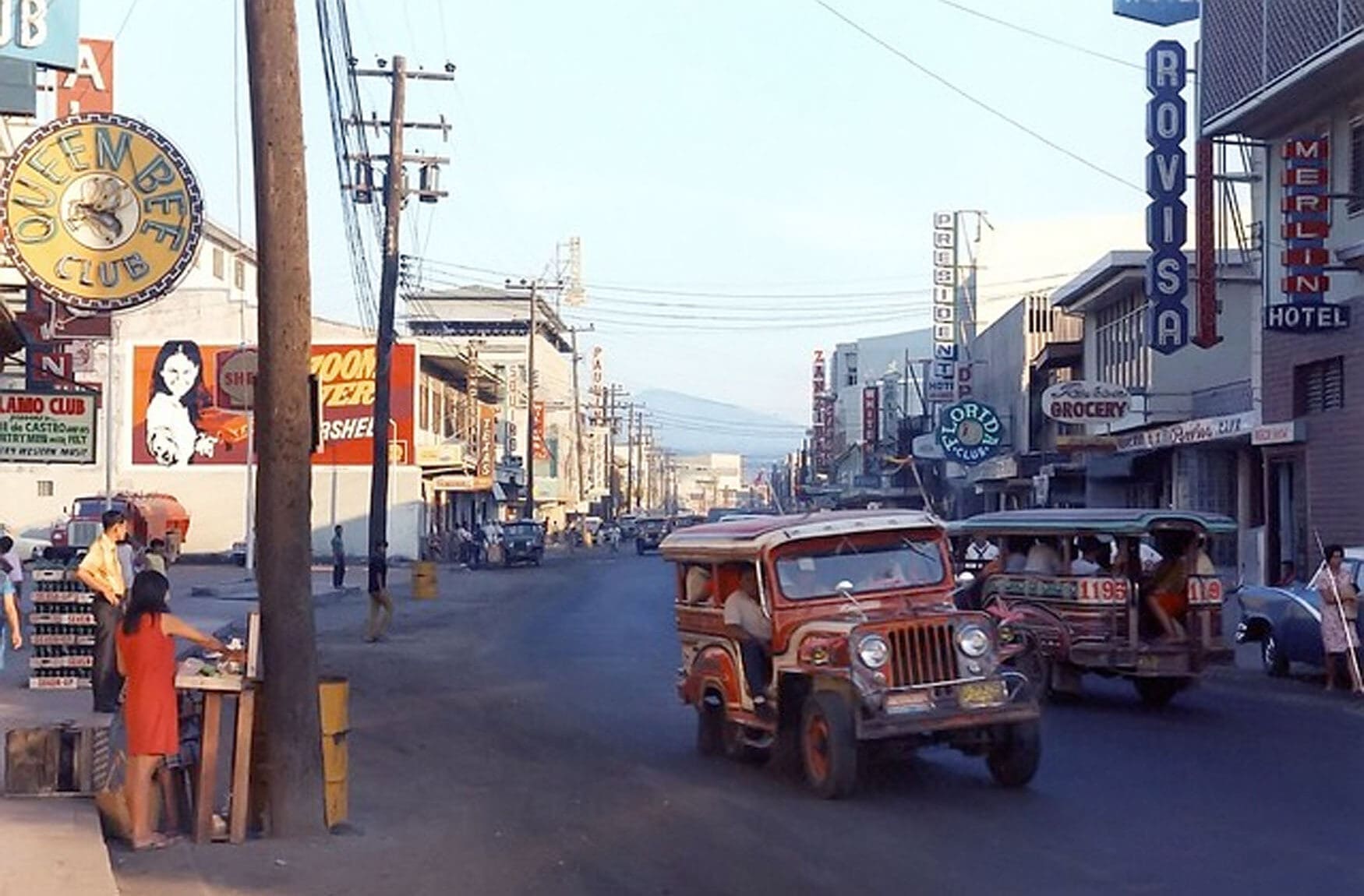
How the Olongapo bracelets came into being isn’t very well documented, but it seems that they originated at some point around 1965. The trend took off quickly, and it’s easy to see why. Some say that the very earliest examples were made out of bent spoons, but the stainless steel construction essentially guaranteed a bracelet that could last a lifetime. Made like a rigid bangle, it had few rivets or joints that could loosen up over the years, so there was no need to replace them. They didn’t deteriorate like leather, fabric or natural rubber would, especially in hot and sweaty climates like Vietnam or the Philippines. You might assume that their unrelenting shape would make them uncomfortable, but their handcrafted nature means that they specifically conform to an individual’s wrist, making them supremely comfortable once you get used to the sensation.
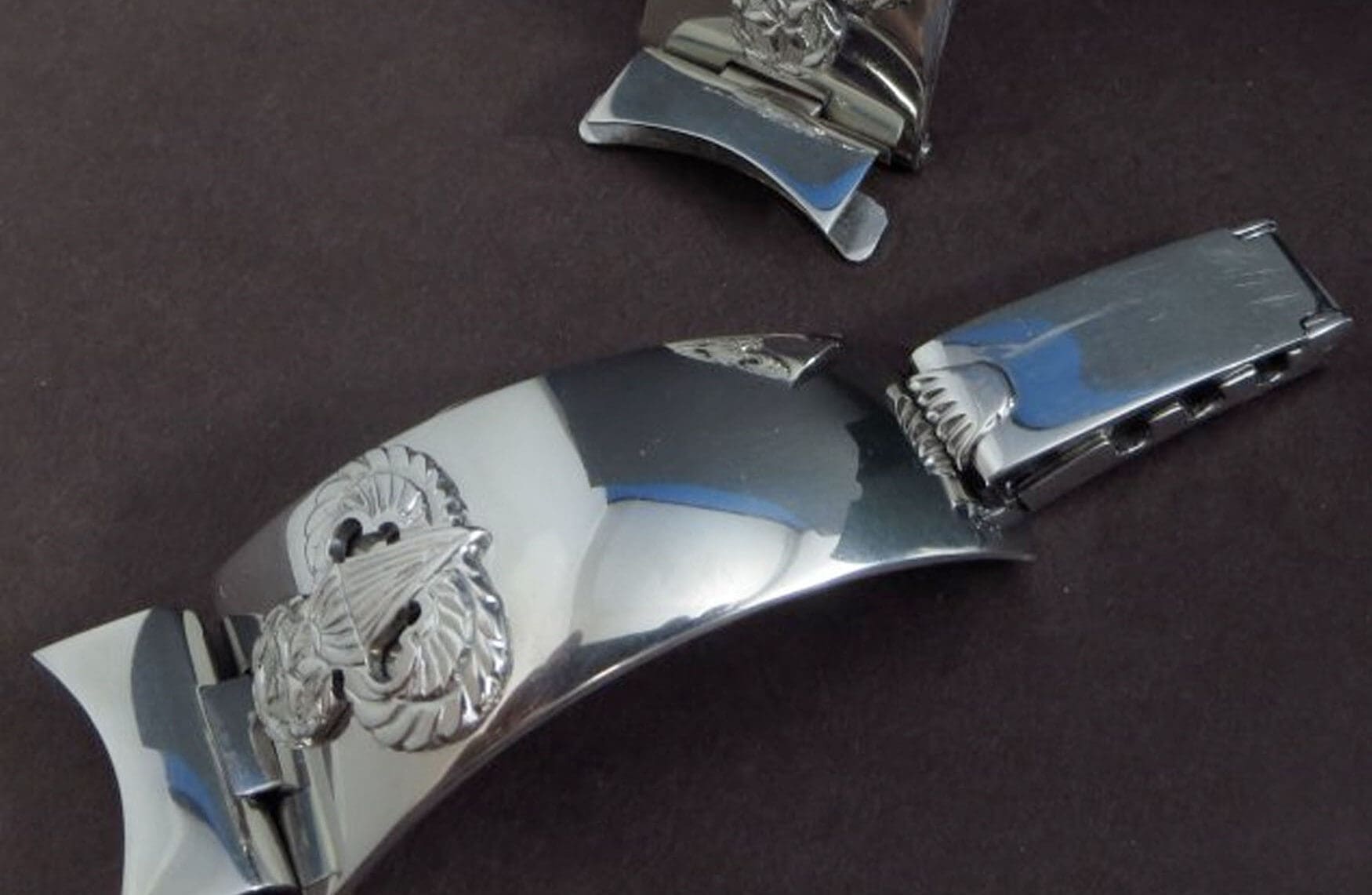
Practicality aside, by far the most exciting aspect of the Olongapo bracelets was their customisable elements. It wasn’t a good idea to wear something so reflective in combat, so they were regarded largely as something you’d wear off-duty; something decorative and collectible. Local metalworkers could create any kind of emblem, engraving, or cutout that you wanted. Some people went for brand-related motifs, but by far the most popular were naval insignias. There’s a huge amount of variety when it comes to the emblems, but they vary from simple lettering to richly detailed engravings of tridents, diving helmets, and Freddie the Frog of the Underwater Demolition Teams. Some were decorated with gold plating, although they have mostly worn away on vintage examples.
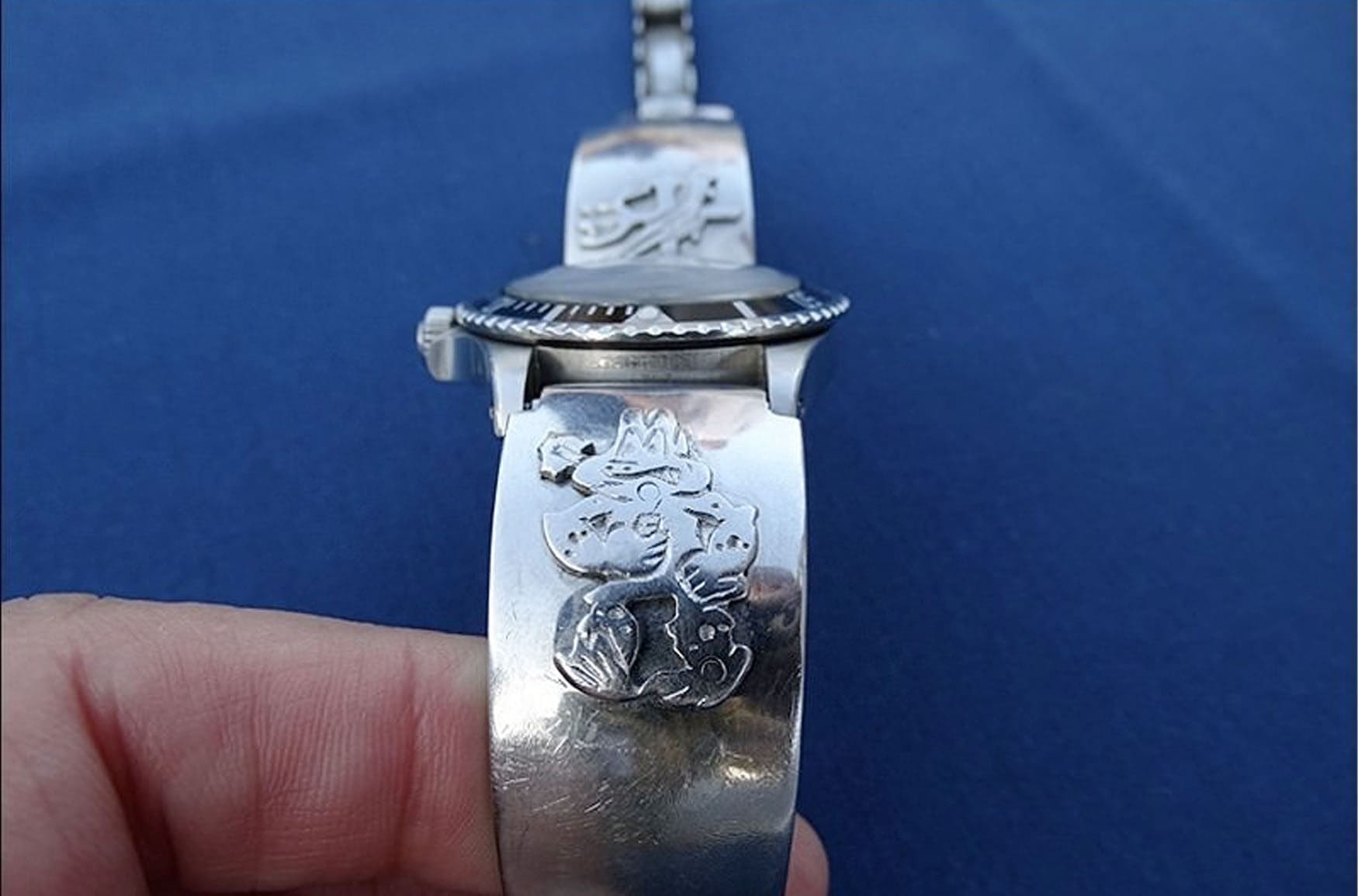
The adaptability of these highly customised bracelets meant they could be fitted to just about any watch, but of course, the marine presence in Olongapo had them paired with mostly dive watches. The chunky appearance of dive watches is best suited to such a bulky bracelet in the first place, and the even distribution of weight across the wrist helped the watches feel lighter. Their popularity continued after the US involvement in Vietnam too, so you can find them on watches such as the Benrus Type I, Seiko Turtles, and Tudor and Rolex Submariners. That said, many veterans ordered multiple bracelets and brought them home to fit on all sorts of watches.
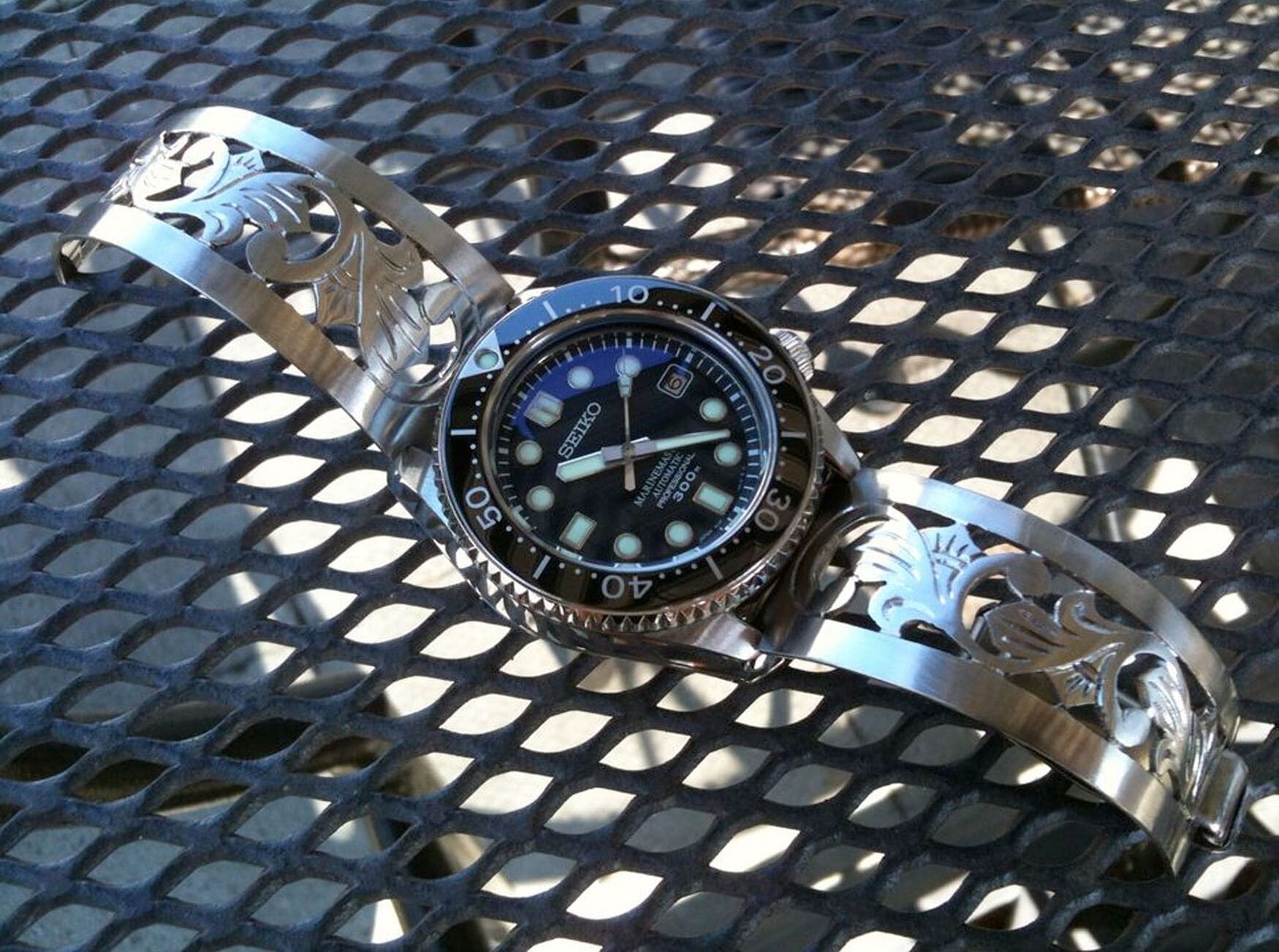
Perhaps the most impressive thing about the Olongapo bracelet style is its endurance in multiple senses. Not only are vintage examples still generally in great condition, but they’re actually still being made. Jaffy Jurado of Olongapo Bands seems to be the last company who produce them, and he has been making them since 1968. All of his customers seem to love him, and his craftsmanship has been consistently top-notch. Of course, it’s distasteful to commission a replica of something military-related if you’ve had no involvement (stolen valour and all that) but Jaffy is capable of making anything.
If you want a new Olongapo bracelet for yourself, consider requesting a design that’s meaningful to you. Better yet, plan a trip to the city and pick it up yourself. His Facebook page lists the kind of metalwork he can do, with a custom watch band starting at US$150.




